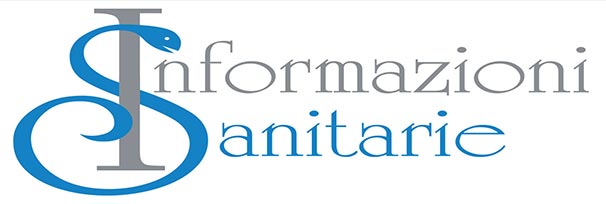The Pharmacovigilance Risk Assessment Committee (PRAC) of the EMA has concluded the evaluation of medicinal products based on hydroxyzine, an antihistamine approved in Europe for several indications, including anxiety disorders, the relief from itching, premedication before surgery and treatment of sleep disorders. The Committee has determined that the active ingredient is associated with a low but definite risk of QT prolongation and torsades de pointes, and recommended continuing using hydroxyzine only if measures are taken to minimize the risk related to the problems of heart rhythm; among these, the use of the medicinal product at a lower effective dose for the shortest possible time. Furthermore, the use is not recommended in the elderly, for which a maximum dose of 50 mg is recommended if the use cannot be avoided. The maximum daily dose should not exceed 100 mg in adults and 2 mg/kg body weight in children weighing up to 40 kg. Finally, the use of hydroxyzine should be avoided in patients who already have risk factors for heart rhythm disorders or are taking other medicines that increase the risk of QT prolongation and attention should be paid to patients who are taking medicines that slow the heart rate or reduce the level of potassium in the blood, since these conditions increase the risk of heart rhythm problems.
Hydroxyzine, EMA communication
Articolo precedente
Pharmacovigilance, the international situation
Articolo successivo
First-class service at low cost, the WHO praises Singapore



